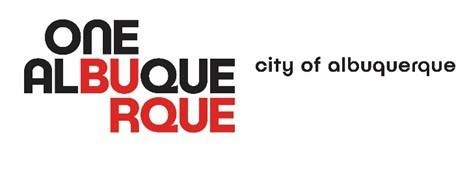
Mayor Keller Highlights New Report on Affordable Housing in Albuquerque
City officials detail a recent Urban Institute Report on housing and its effects on homelessness in Albuquerque
June 10, 2020
Mayor Tim Keller and officials with the City of Albuquerque’s Family and Community Services (FCS) Department highlighted a recent report by the Urban Institute on housing in Albuquerque. The report found a stark need for additional affordable housing units in the Albuquerque-area.
“Homelessness and affordable housing has been a priority over the last few years, and we have not lost sight of that,” said Mayor Tim Keller. “It’s a part of addressing our comprehensive public safety challenges. From keeping our Westside Emergency Housing Center open year-round, to expanding housing vouchers and building the Gateway Center clearinghouse to connect people to services, we’ve taken steps to address the underlying causes—but the end goal is stable, permanent housing, and that’s where our focus remains.”
The report assesses the housing needs of renter households with extremely low incomes and people experiencing homelessness. The report consists of two parts, the first of which is a quantitative analysis to estimate gaps in affordable housing for renter households with extremely low incomes and in housing and supportive services for people experiencing homelessness.
The second part of the report contains interviews with government officials; nonprofit housing developers; homeless service providers; and people who have experienced homelessness to get their perspectives on affordable housing and homelessness issues in Albuquerque and recommendations for how to address them.
The following are the main findings of the analysis of housing needs in Albuquerque:
- The supply of rental units affordable to renter households with extremely low incomes is shrinking. From 2006–10 to 2012–16, the number of rental units increased by about 8,400, but the number of rental units affordable to renter households with extremely low incomes decreased by 700 (from 7,600 to 6,900).
- The number of renter households with extremely low incomes is increasing. In 2012–16, 22,300 renter households had extremely low incomes, a 9 percent increase from 2006–10. Households with extremely low incomes made up about 1 in 4 renter households.
- More than 40 percent of rental units affordable to households with extremely low incomes are occupied by households with higher incomes. Of the 6,900 rental units affordable to renter households with extremely low incomes, about 3,000 (43 percent) are occupied by renters with higher incomes.
- 9 in 10 renter households with extremely low incomes are rent-burdened. This includes 82 percent of households whose monthly rent is more than half their monthly income.
- An estimated 2,200 Albuquerque households need permanent supportive housing. This estimate was produced using the number of individuals who were experiencing chronic homelessness from the 2019 point-in-time count, coordinated entry assessment data, and local estimates of individuals not previously known to the homeless system.
“Most importantly, the City cannot do this alone. It’s going to take major collaboration and partnership with Bernalillo County and the University of New Mexico and more to realize these goals for our community through our Homeless Coordinating Council,” said Carol Pierce, Director of the Family and Community Services Department.
Please find the full report here.

